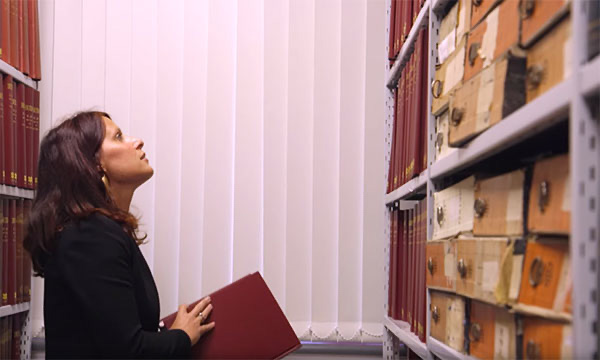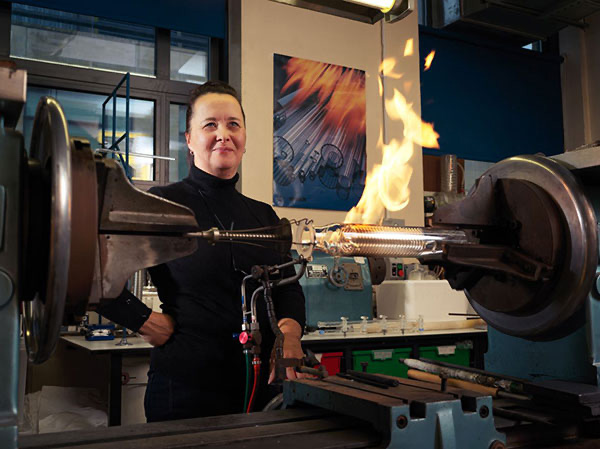Sleepwalkers and sleepwalking are both destructive and constructive and show us the ambiguity in all phenomena.
The World War I chronicle of Professor Christopher Clark, The Sleepwalkers, from 2012, is described this way:
On the morning of June 28, 1914, when Archduke Franz Ferdinand and his wife, Sophie Chotek, arrived at Sarajevo railway station, Europe was at peace. Thirty-seven days later, it was at war. The conflict that resulted would kill more than fifteen million people, destroy three empires, and permanently alter world history.
The Sleepwalkers reveals in gripping detail how the crisis leading to World War I unfolded. Drawing on fresh sources, it traces the paths to war in a minute-by-minute, action-packed narrative that cuts among the key decision centers in Vienna, Berlin, St. Petersburg, Paris, London, and Belgrade.
Distinguished historian Christopher Clark examines the decades of history that informed the events of 1914 and details the mutual misunderstandings and unintended signals that drove the crisis forward in a few short weeks.
How did the Balkans—a peripheral region far from Europe’s centers of power and wealth—come to be the center of a drama of such magnitude? How had European nations organized themselves into opposing alliances, and how did these nations manage to carry out foreign policy as a result? Clark reveals a Europe racked by chronic problems—a fractured world of instability and militancy that was, fatefully, saddled with a conspicuously ineffectual set of political leaders. These rulers, who prided themselves on their modernity and rationalism, stumbled through crisis after crisis and finally convinced themselves that war was the only answer.
On the other hand, the great science writer and intellectual Arthur Koestler (died in 1983) in his own book, The Sleepwalkers, (originally, 1959) argues that the revolution in cosmology associated with the names of Copernicus, Kepler, Galileo, et al depended on visionary thinking, a kind of “sleepwalking.”
Lastly, the classic novel, The Sleepwalkers by Hermann Broch (died in 1851) condemns sleepwalking as the basis of Europe and Germany’s descent into nightmare.
Important works by Broch are The Sleepwalkers (German: “Die Schlafwandler,” 1932) and The Guiltless (German: “Die Schuldlosen,” 1950). The Sleepwalkers is a trilogy, where Broch takes “the degeneration of values” as his theme. Various generations are depicted as sleepwalking through their times and eras without any ability to “see past” their time, place, era. They were “sleepwalking.” This made them liable to demagogic deceptions and recruitment.
On the other hand, the experience and story of Kekulé (died 1896) and his scientific discoveries prodded by dreams and reveries and sleepwalking give us a story that argues against seeing sleepwalking as always negative:
Kekulé’s dream and “good kinds of sleepwalking.”
Friedrich August Kekulé, later Friedrich August Kekule von Stradonitz (7 September 1829 – 13 July 1896), was a German organic chemist. From the 1850s until his death, Kekulé was one of the most prominent chemists in Europe, especially in theoretical chemistry. He was the principal founder of the theory of chemical structure.
The new understanding of benzene (C6H6), and hence of all aromatic compounds, proved to be so important for both pure and applied chemistry after 1865 that in 1890 the German Chemical Society organized an elaborate appreciation in Kekulé’s honor, celebrating the twenty-fifth anniversary of his first benzene paper.
Here Kekulé spoke of the creation of the theory.
He said that he had discovered the ring shape of the benzene molecule after having a reverie or day-dream of a snake seizing its own tail (this is an ancient symbol known as the ouroboros).
Kekulé’s story of “dreaming up” the structure of benzene (C6H6) gives us another historical example of Arthur Koestler-type “good sleepwalking” ie visionary dreams and reveries that really enhance “objective” concrete scientific analysis and not only art works.
It is educational to see the inner ambiguity of words and phenomena (such as sleepwalking) because this duality and “polyvalence” applies to many cases.


